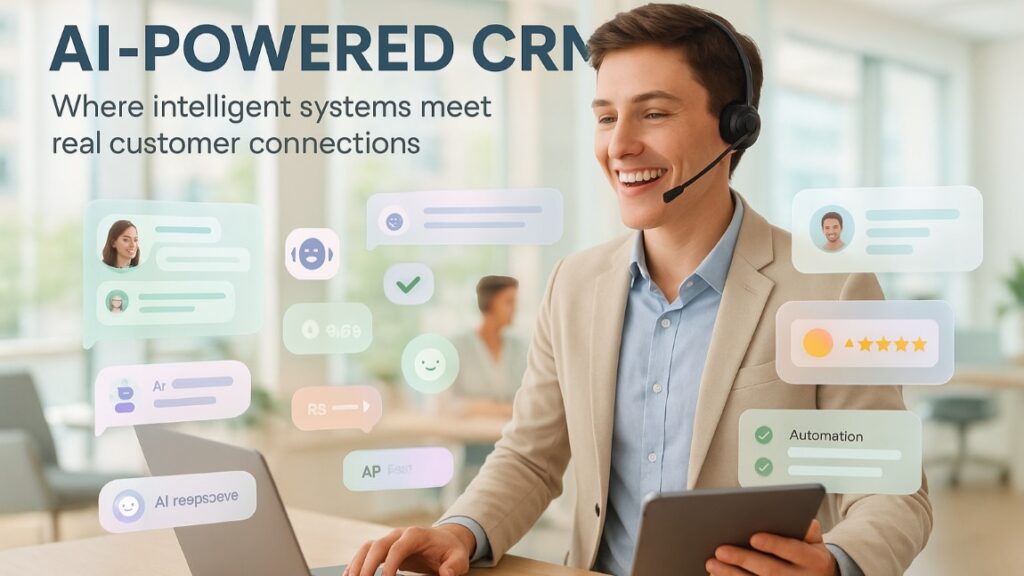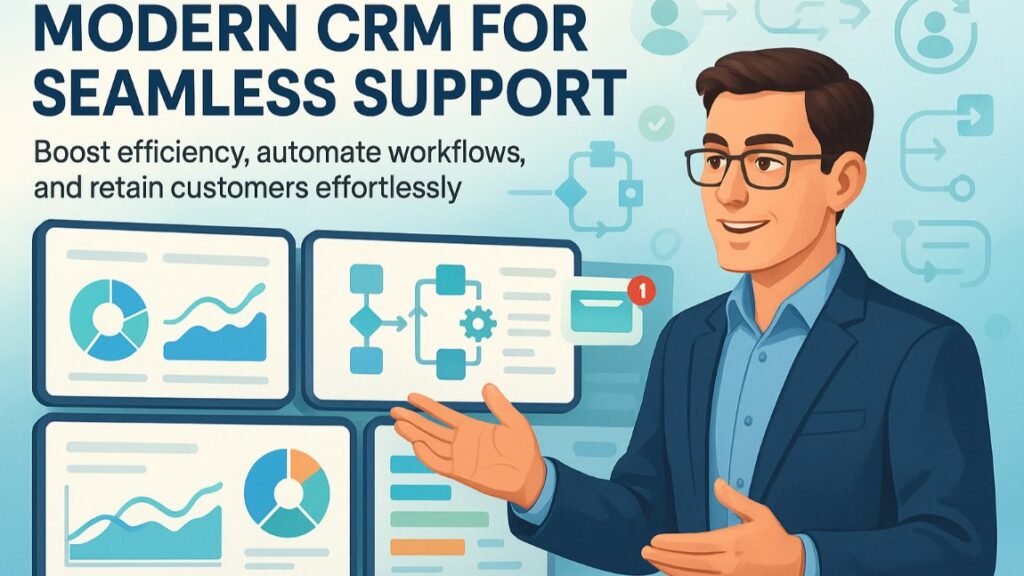AI-Led Tips for Custom Websites. Have you recently taken stock of who is devoted to your brand? If you run a successful business, you probably have a dedicated client base that admires your products and recommends them to others. You are also likely to have a committed workforce of people who appreciate what the company stands for.
Speaking to your company’s fans is a fantastic way to stay true to the essence of your business. It is what got these people invested in your brand at the outset. The website you build should also imbibe this essence, whether it is quirkiness, originality, or sustainability.
In this era of AI, multiple ways exist to create more personalized user experiences for visitors to your website. Creating a customized online presence is also helpful for new companies seeking to build their identity.
1. Visual Elements They Haven’t Seen Everywhere
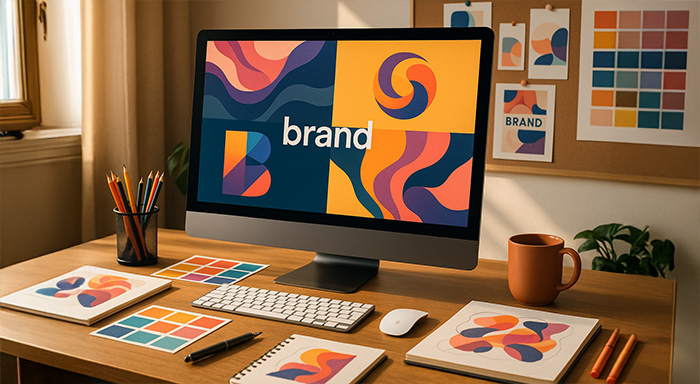
Unsurprisingly, visuals are top of mind when it comes to customization. After all, what you see is what you get. Anyone who has ever worked on a WYSIWYG editor will agree that real-life replication is not straightforward. Likewise, showcasing a brand’s personality and promise through visual elements requires foresight and intuitiveness.
AI comes in handy to capture this elusive personality. An Elsevier study found that AI-generated imagery can succinctly encapsulate brand personalities. It may influence consumer preferences by building self-brand connections. It implies that AI can impact consumer-brand dynamics, with the results more visible among younger generations in luxury categories.
This edge that AI has in capturing complex information stems from its ability to analyze large streams of data very fast. For example, the technology can examine social media posts by running a sentiment analysis. It can scan through annual reports depicting recent wins and losses, collecting ideas on areas for improvement. It is several long meetings’ worth of work achieved in no time.
Consequently, companies can find ideas for unique visual elements that can add value for their fans. Think header and body images that don’t scream “stock” and curated collections that underline your originality. You can also explore adaptive layouts that change according to the user’s intent or past behavior.
AI-driven website builders can simplify the process even further by generating visual elements based on your inputs about the business. According to Hocoos, a click-and-choose editor can speed up fine-tuning over a drag-and-drop approach. It also makes website development feasible for new organizations with limited in-house tech expertise.
2. (Not Sneaky) Content That Everyone Can Access
Central to the concept of customization are access and respect. Websites that honor these aspects of content are more likely to help their companies resonate with audiences.
Access is relatively easier to ensure by checking for multi-device compatibility and integrating provisions for people with disabilities. For instance, you can supply an alternate text for images and provide the option of an on-screen reader. These features are also thoughtful additions for employees working in the digital communications and marketing teams.
Catering to the viewer’s desire for customization without resorting to sneaking can be trickier in this age of competition.
Many brands don’t refrain from bombarding prospects with targeted advertisements or patronizing advertorials about their product lines. Some websites change their layouts to align with every trend or viral meme—to the extent that they lose their voice. At their worst, businesses may not ask for permissions before pushing personalized recommendations every single time.
The Conversation highlights how such content generates a feeling of being watched or tracked online. It recommends switching to less annoying options, such as stopping auto-play videos and using more carousel advertising that offers some control to the user.
3. Security Provisions That Don’t Compromise the User’s Identity
A responsible brand must also safeguard the online identity of its fans by incorporating adequate safety provisions on its website. A portal without sufficient security is a gigantic cyber risk, especially if it also has e-commerce integration.
Earlier in 2025, Marks & Spencer went through a ransomware attack. The BBC reported that the attack exposed the personal details, such as home addresses, of several customers. The much-talked-about episode has once again proved the need to make websites more secure so that they don’t fall prey to such attacks.
Customization matters in security, too, since not everyone will access the website through a protected device. For example, is your website safe for public browsing? Does it save cookies that can disclose sensitive information to an unintended viewer?
Here’s another brain-scratcher: Does your website use GenAI that may produce content misaligned with your brand’s personality? If so, the security risks from a reputational and consumer experience perspective can be considerable. Employees sharing protected information on GenAI prompts present another legitimate risk.
As more companies now adopt AI for productivity and efficiency gains, managing these unique security risks has become imperative. The World Economic Forum recommends establishing a cross-functional governance committee to get the perspective of various organizational departments. That way, employees from diverse functions, such as technology and legal, can work on AI protocols together. It will reduce the probability of potential risks.
Customization appeals to the human mind: it feels personal, relevant, and more meaningful. In the chaos of everyday life, with numerous tasks to attend to, customized websites have a higher chance of conversions and future footfalls.
AI is fueling this human desire for relatability, and very well too. Companies that learn how to leverage it with caution have a lot to gain.

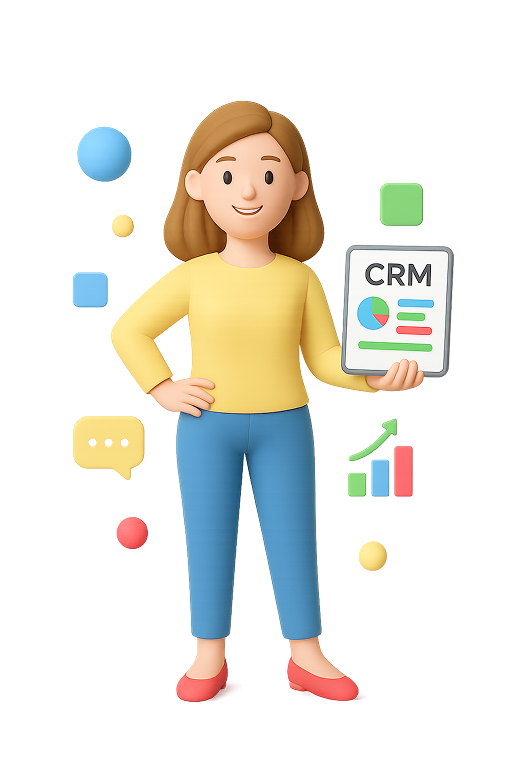

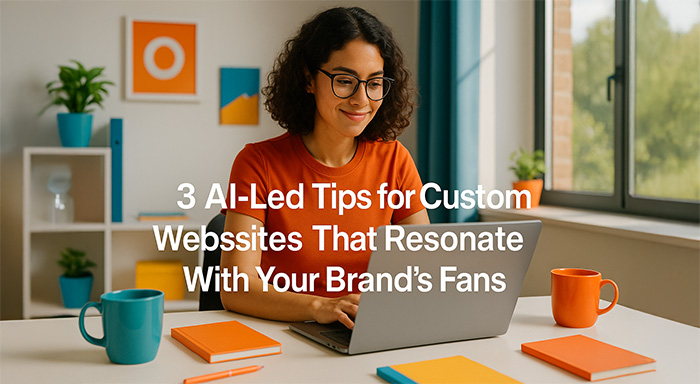
%201.png)

%201.png)

%201.png)
